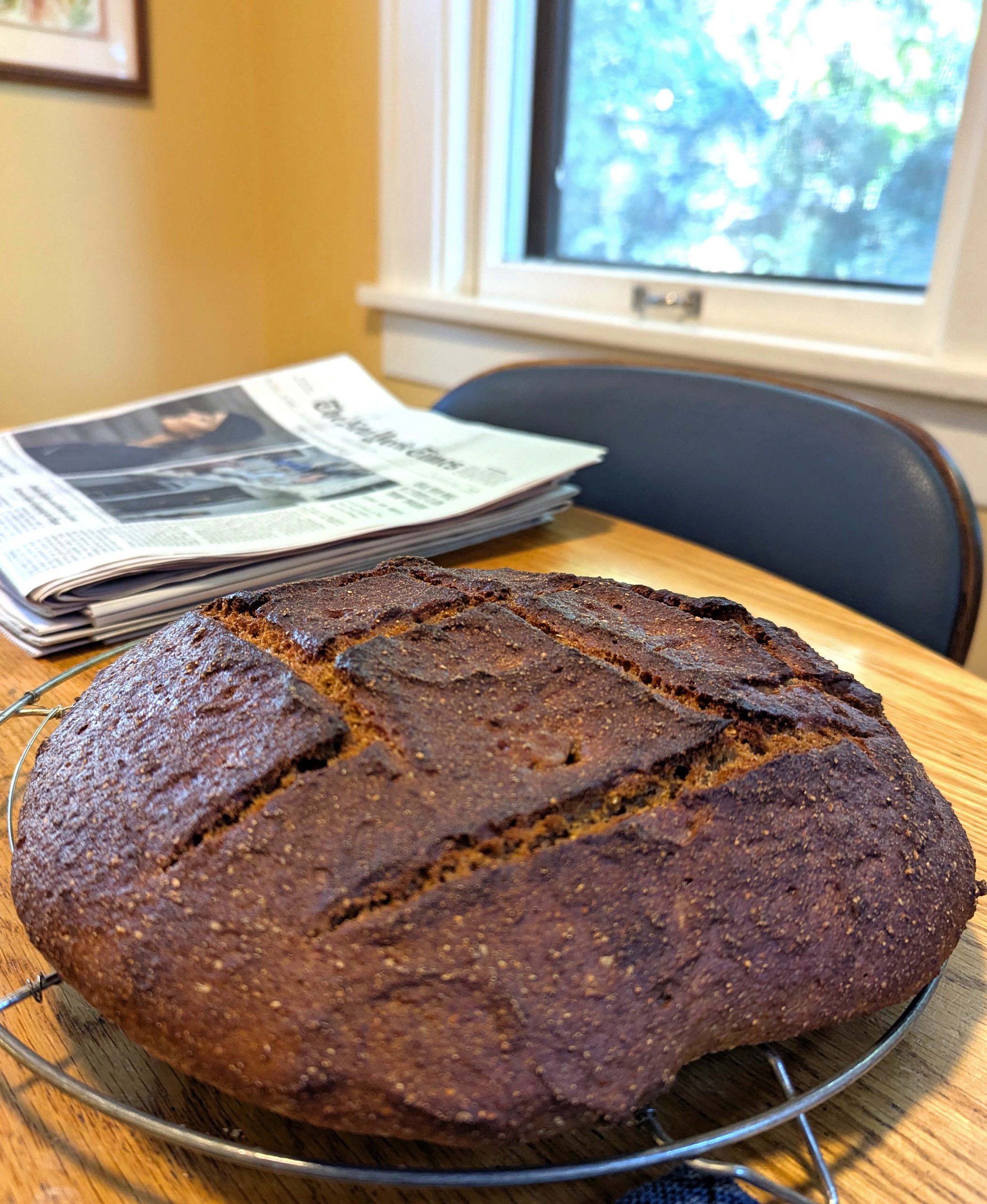Culinary and Culture: How Gastronomy Reflects Local Traditions and Histories

The Profound Connection Between Food and Cultural Identity
Food serves as a remarkable gateway to culture, transcending its fundamental role as mere sustenance. Each meal is steeped in significance, interweaving the rich threads of history, tradition, and community. Examining this relationship not only deepens our appreciation for what we eat but also uncovers the vibrant stories that shape regional identities across the globe.
Many factors contribute to the connection between culinary practices and cultural heritage:
- Regional Ingredients: The unique flavors of a region are influenced by its local ingredients, spices, and cooking techniques. For instance, the use of fresh cilantro and lime in South Texas reflects the influence of both Texan and Mexican cuisines, creating dishes like barbacoa tacos that delight locals and visitors alike.
- Traditional Recipes: Recipes passed down through generations often carry historical weight. For example, the iconic dish of gumbo, hailing from Louisiana, symbolizes the melting pot of cultures, blending African, French, Spanish, and Native American influences into a single bowl filled with rich flavors and stories.
- Cultural Rituals: Food is often at the heart of celebrations and gatherings, embodying local heritage. In Pennsylvania Dutch communities, for example, the tradition of sharing a hearty pot of chicken and dumplings during family reunions strengthens bonds and preserves history through storytelling and shared experience.
In the United States, a vast melting pot of cultural influences creates an intriguing culinary landscape. The Barbecue traditions of the South highlight regional variations, from the slow-cooked pulled pork of North Carolina to the tangy sauce of Kansas City. Each style not only satisfies the palate but also tells a story of the local community’s history and agricultural practices. Meanwhile, the Seafood feasts of New England, including clam bakes and lobster rolls, reflect the region’s maritime heritage and the immigrants who shaped its culinary landscape.
Exploring these regional practices allows individuals to gain valuable insights into the people and histories that have contributed to each dish. The celebration of local ingredients, the preservation of traditional recipes, and the role of food in cultural rituals serve to strengthen community ties and foster understanding among diverse groups.
Join us on this flavorful journey through America’s culinary heritage. Discover how food does more than just satisfy hunger; it becomes a vehicle for cultural expression, connecting us to our past and enriching our present.

DIVE DEEPER: Click here to discover the power of music therapy
Regional Flavors: A Taste of History
The relationship between culinary practices and local identities is most vividly reflected in the unique flavors and ingredients native to each region. Across the United States, the farm-to-table movement has revived interest in local produce and historical cooking methods, signaling a recognition of the importance of the land and its resources in shaping culinary heritage. In the Pacific Northwest, for example, chefs draw inspiration from the region’s rich agricultural bounty, featuring fresh salmon, wild mushrooms, and berries that tell a story of both Indigenous and contemporary influences.
Each region’s artistic interpretation of ingredients is essential in revealing the cultural narratives embedded within their dishes. For instance, the Southern tradition of biscuits and gravy showcases both the comfort of home-cooked meals and the complex history of agriculture and migration in America. The use of buttermilk biscuits with sausage gravy connects directly to the farming communities of the South, where resourcefulness led to the creation of hearty, satisfying fare.
Similarly, the foodways of the American Southwest illustrate the impact of Indigenous cultures and their integration with Mexican traditions. The reliance on ingredients like chiles, corn, and beans has crafted a distinctive cuisine that celebrates both ancient practices and modern adaptations. Tamales, for example, not only serve as a popular dish but also symbolize the strong family ties and communal gatherings that define the region’s culture.
- Tex-Mex Influence: The infusion of Texan and Mexican culinary traditions is exemplified in dishes like nachos and enchiladas, highlighting the cultural blending that characterizes the area.
- New England Clam Chowder: This iconic dish mirrors the maritime history of New England, incorporating local seafood into hearty bowls filled with cream, potatoes, and onions—each spoonful a taste of the region’s past.
- Southern Soul Food: Dishes such as collard greens and fried chicken not only provide sustenance but also tell the story of resilience, survival, and joy in African American communities throughout history.
As we dive into the culinary cultures across the United States, it becomes apparent that food is much more than a means of nourishment; it is a testament to the evolution of societal values, beliefs, and traditions. The variety imbued in regional cuisines reveals the resilience of communities and their ability to adapt while honoring their roots. Additionally, gastronomy serves as a historical record, shedding light on immigration patterns, agricultural practices, and social changes throughout generations.
By tasting the flavors of our surroundings, we not only indulge in delectable dishes but also engage in a rich tapestry of cultural storytelling—a reminder that through culinary arts, we can share, learn, and celebrate our shared human experience.
| Culinary Traditions | Cultural Significance |
|---|---|
| Regional Ingredients | Reflect local agriculture and climate |
| Heritage Recipes | Passed down through generations |
| Traditional Cooking Methods | Showcase community values and skills |
| Festive Dishes | Symbolizes cultural identity and unity |
Exploring the link between culinary traditions and cultural narratives reveals how each dish embodies the essence of a community’s identity. For instance, the use of regional ingredients not only defines the flavor profiles of local cuisines but also reflects the agricultural heritage influenced by climate and geography. Traditional recipes serve as historical artifacts, tracing the lineage of a culture and informing newcomers about the values and practices that have shaped the community.Moreover, heritage recipes are not just about flavor; they represent stories of survival and adaptation. The cooking methods handed down over generations signify a community’s commitment to preserving their unique culinary narratives. During festive celebrations, the creation of traditional dishes fosters a sense of belonging and celebrates cultural pride, reinforcing social ties within the community. Food festivals and cultural events provide a platform for chefs and home cooks alike to share their culinary heritage, allowing outsiders a taste of local flavors while fostering an understanding of the rich traditions embedded in gastronomy. The interconnectedness of food and culture invites ongoing exploration and appreciation of the diverse histories reflected in every dish.
DISCOVER MORE: Click here to learn about the journey of crafting as creative therapy
Food Festivals: Celebrating Culinary Heritage
Food festivals across the United States are vibrant displays of culinary culture, celebrating the diverse traditions and histories that define regional cuisines. These events not only offer delicious samples of local dishes but also serve as a platform for storytelling, education, and cultural exchange. For instance, the annual New Orleans Jazz & Heritage Festival is famous for its showcase of local cuisine, where attendees can savor gumbo, jambalaya, and po’boys while experiencing live music that reflects the spirit and history of the city.
Such festivals embody the principle that food is a communal experience, inviting people to gather and appreciate their shared heritage. The Pennsylvania Dutch Folk Festival highlights the significance of agricultural traditions in the region, featuring dishes like shoofly pie and scrapple. These foods tell the story of the hardworking communities that farmed the land, relying on local ingredients and time-honored recipes passed down through generations.
The intersection of food and culture is also prominent in events dedicated to celebrating ethnic communities. The San Diego County Fair hosts the “Taste of the World” event, which features culinary offerings from various cultural backgrounds, allowing attendees to experience a mosaic of flavors from around the globe. From Korean BBQ to Italian cannoli, these culinary presentations embody the spirit of diversity and the history of immigration, fostering understanding and appreciation among community members.
Culinary Education and Influences
Culinary education plays a pivotal role in preserving cultural heritage while also adapting to modern tastes. Institutions like the Culinary Institute of America not only teach professional cooking techniques but also focus on the importance of local ingredients and cultural contexts. Students are encouraged to explore indigenous flavors and traditions, thereby perpetuating the stories behind regional cuisines. This knowledge transfer is vital for sustaining culinary practices, ensuring that culinary arts are not just an evolving craft but also a living history.
Moreover, the rise of social media has contributed to the globalization of food culture, allowing regional cuisines to gain national and even international recognition. Platforms such as Instagram and TikTok enable chefs and home cooks alike to showcase their culinary creations, often bringing traditional dishes into new light through modern interpretations. While this can lead to innovation, it can also prompt discussions about authenticity and the preservation of heritage. The careful balance between adaptation and tradition is a prevalent theme in the evolving narrative of American gastronomy.
- Farmers’ Markets: These local markets not only provide access to fresh produce but also celebrate the farmers’ stories and the agricultural traditions of the region.
- Culinary Tours: Opportunities to experience the cuisine of any given area through guided tours unlock unique narratives about local histories, often connecting participants with local cooks and producers.
- Ethnic Neighborhoods: Visiting areas such as Little Italy or China Town offers insight into the narratives that cultures have woven through their culinary practices over time.
Food festivals and culinary education reflect the deep-rooted connections between cuisine and culture, unveiling the stories of those who have come before us. Each dish served, each festival celebrated, and each recipe passed down is a testament to the enduring significance of gastronomy in shaping our societal identities and interwoven histories.
DISCOVER MORE: Click here to dive deeper
Conclusion: The Tapestry of Culinary Heritage
In exploring the intricate connections between culinary traditions and cultural heritage, it becomes evident that gastronomy serves as a vital narrative thread that weaves together the stories of communities across the United States. From local food festivals celebrating regional flavors to culinary education that embraces indigenous practices, each initiative functions as a vibrant testament to how food reflects historical legacies and social identities.
The changing landscape of American cuisine, influenced by waves of immigration and modern reinterpretations, underscores the importance of preserving the authenticity of traditional dishes while also embracing innovation. Events such as the “Taste of the World” at fairs act as bridges, promoting cultural understanding through the universal language of food. Likewise, the renaissance of farmers’ markets and culinary tours not only supports local economies but also revitalizes storytelling surrounding the landscapes and histories from which these foods originate.
As culinary enthusiasts and casual consumers alike delve into the diverse foodways that characterize their regions, they uncover not only flavors but also the rich tapestry of local traditions and shared histories. This continuous dialogue between food and culture invites individuals to appreciate the essence of their identities while honoring those who paved the way. The journey through gastronomy is more than a mere exploration of flavors; it is about understanding the soul of a community. As we savor each bite, we are reminded that through cuisine, we engage in a collective history that deserves to be celebrated and preserved for generations to come.


